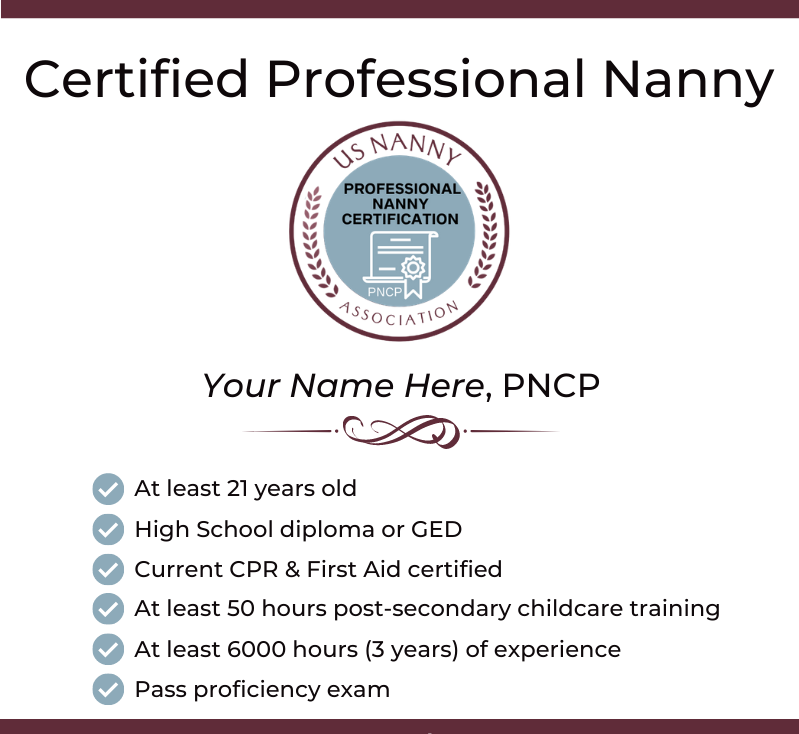Remember the Industrial Age? The Information Age? Well, move over futurists, it is time for a new age, one that profoundly impacts parents, teachers, nannies, and students.
Drawing on the proposal made by Daniel Pink in A Whole New Mind: Why Right Brainers Will Rule the Future the “Conceptual Age” follows the agricultural, industrial, and information ages. It is a new time. A time for the “right brain” to take center stage. In the past, it was the “left brain” that lead, home to logic and reasoning. Left “brainers” with their capacity for order and detail seemed to be more successful in life and work. But perhaps this has changed. In the Conceptual Age, the “right brain” is right on. “Right brain” skills include design, storytelling, symphony, empathy, play, and meaning.
There is so much information that our brains seek a new balance. Successful men and women in the workplace and boys and girls in the classroom must be able to decide which pieces of information really matter and then take that information and use it in fresh, creative ways that bring unity and insight.
Some futurists suggest that “left-brain” tasks are easily outsourced to automation and artificial intelligence leaving Americans vulnerable to an economic threat. That is why some are calling for the radical shift to the task traditionally identified as “right brain”. However, I have always believed in balance.
Parents who want to help raise children with the right kinds of skills, skills that will be resilient in a new Conceptual Age, should ask themselves the following questions:
What is your child’s preferred learning style? Don’t try to change it – just use the knowledge to help the child learn. Are you more “left-brained” or “right-brained”? Understanding yourself affects your parenting style. Are you interested in creating a home environment in which the “right brain” and “left brain” can grow and thrive?
Here is an exercise to help.
Look at the acronym RIGHT BRAIN and play with colors to help you flex your own creative muscles. Draw a green circle around the items that you are doing right now and a purple line under the items that you want to address more forcefully.
R Read to your child at least 15 minutes each day and vary the kinds of books or stories to include poetry, prose, and information books.
I Involve your child in creative tasks such as finger painting, singing, and dance.
G Give your child “white space” to think and dream, without the distraction of television or computers.
H Hide the video games and put out blocks, an easel, or even a disposable camera and let your child explore his or her world through imagery.
T Take time to move with your child daily to bring oxygen and energy to both sides of the brain. A walk outdoors or a bike ride are good and to boost Vitamin D levels.
B Bring music of all kinds into your child’s world, especially classical music that bridges the right and left brains.
R Recognize the importance of teaching empathy to your child, helping him or her to see how decisions and behaviors affect the well-being of others.
A Add color to your child’s playroom and bedroom, especially yellows and greens that boost creativity.
I Invite your child to tell you stories about his or her daily experiences, including lots of details and emotions.
N Notice details and connections and point them out to your child. When you choose to use a cloth grocery bag, explain why this decision is healthy and helpful.
The Conceptual Age is upon us.
It is a time for the “right brain” to shine, but without the order and detail of the “left brain”, it will be for naught. There will be chaos. Think instead of a symphony between the two brains. A balance. Raising children, the right way, with the “right brain” skills of creative, flexible thinking requires insight into your child’s personal learning style and the subtle shifting of parenting skills.

We want to thank all the nannies, advocates and business leaders who provide practical tips and insight to elevate our industry. Thank you for sharing your expertise.
The US Nanny Association issues the highest certification requirements in our industry as they require training, work experience, passing an industry exam, a background check and current CPR and First Aid:
- Certified Nanny
- Certified Newborn and Infant Professional
- Certified Professional Nanny
